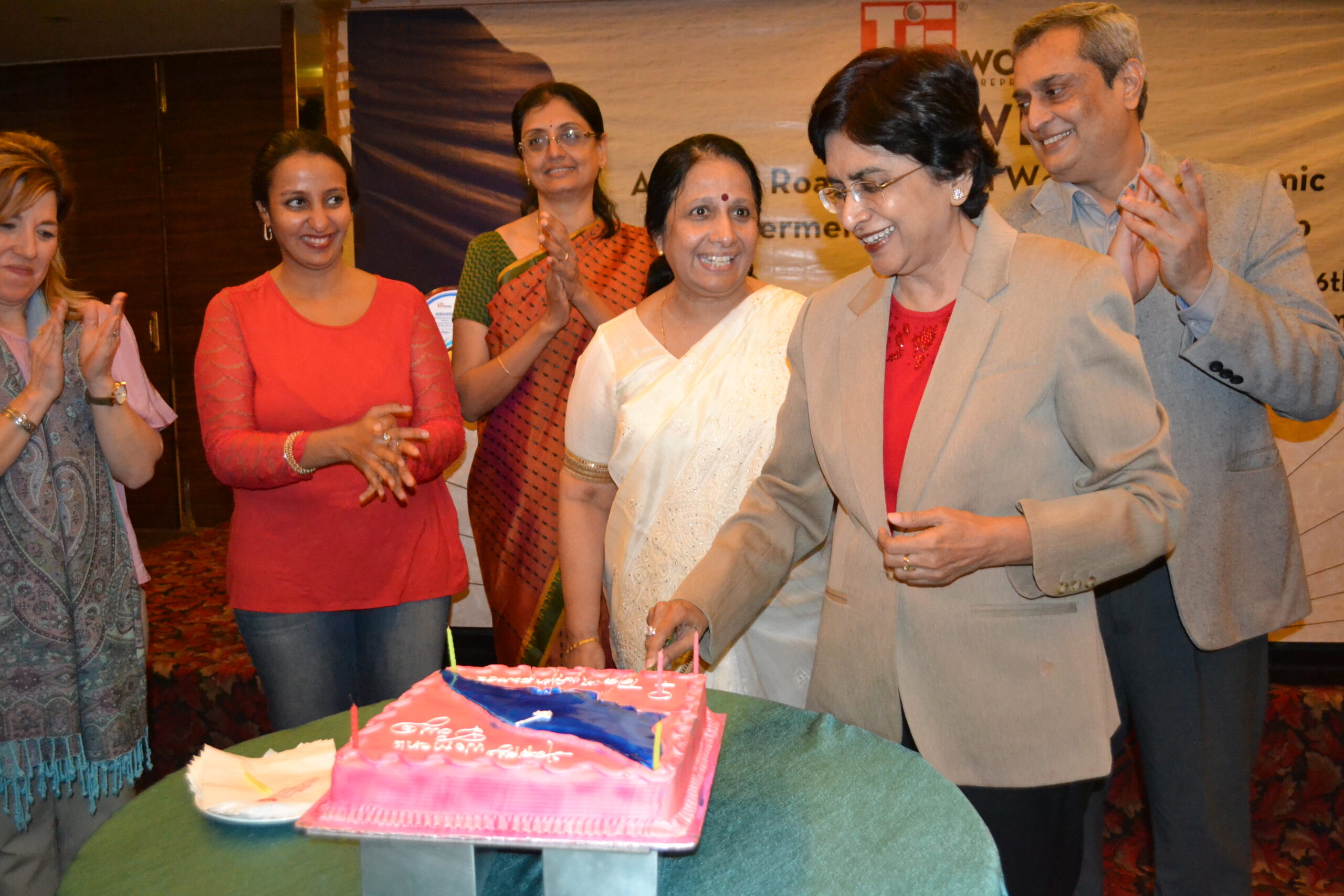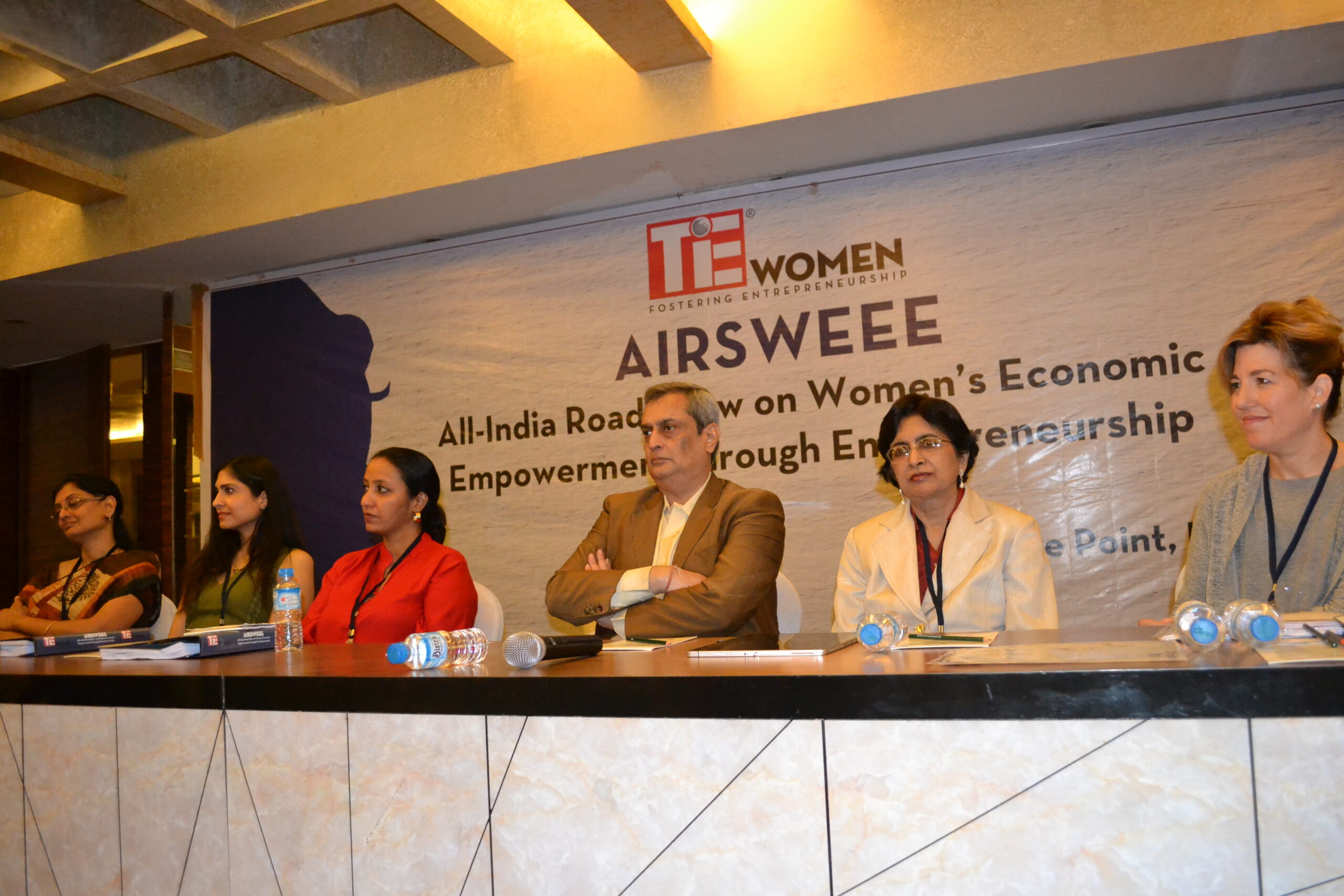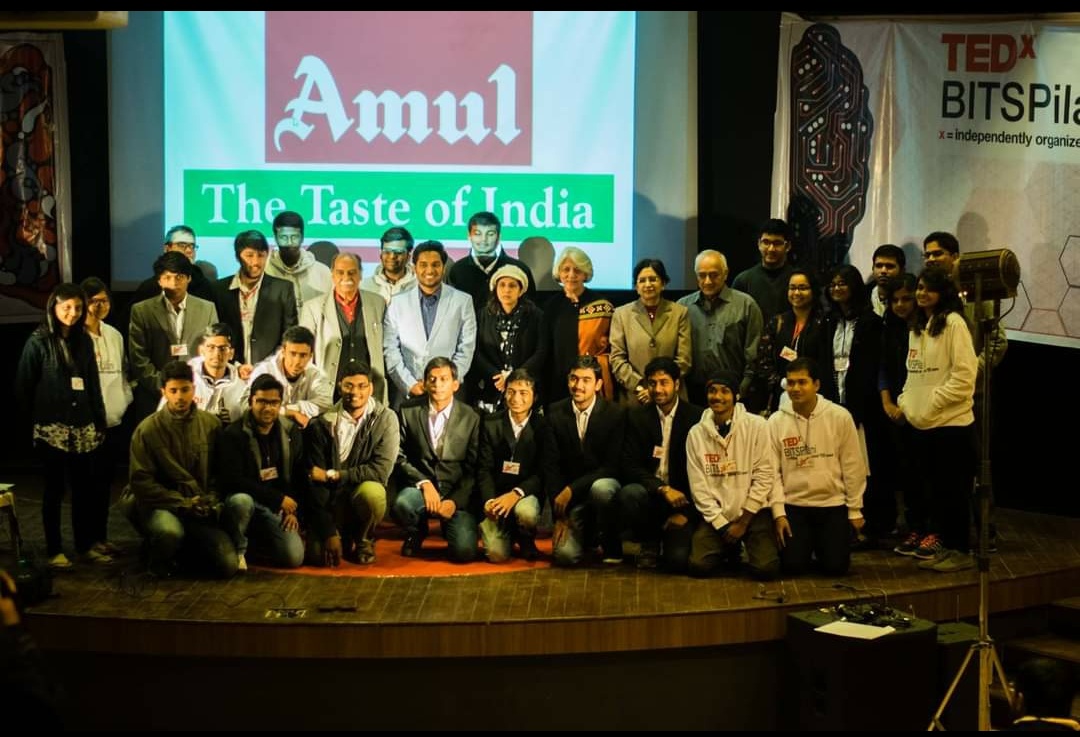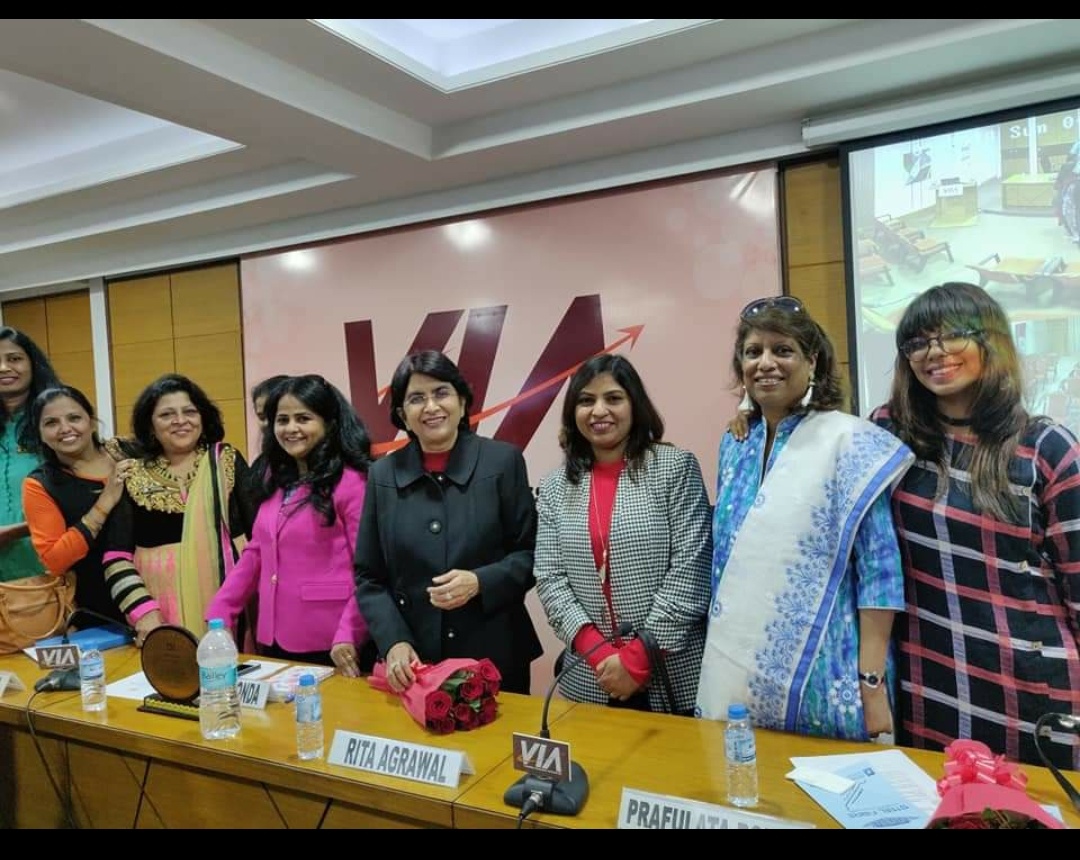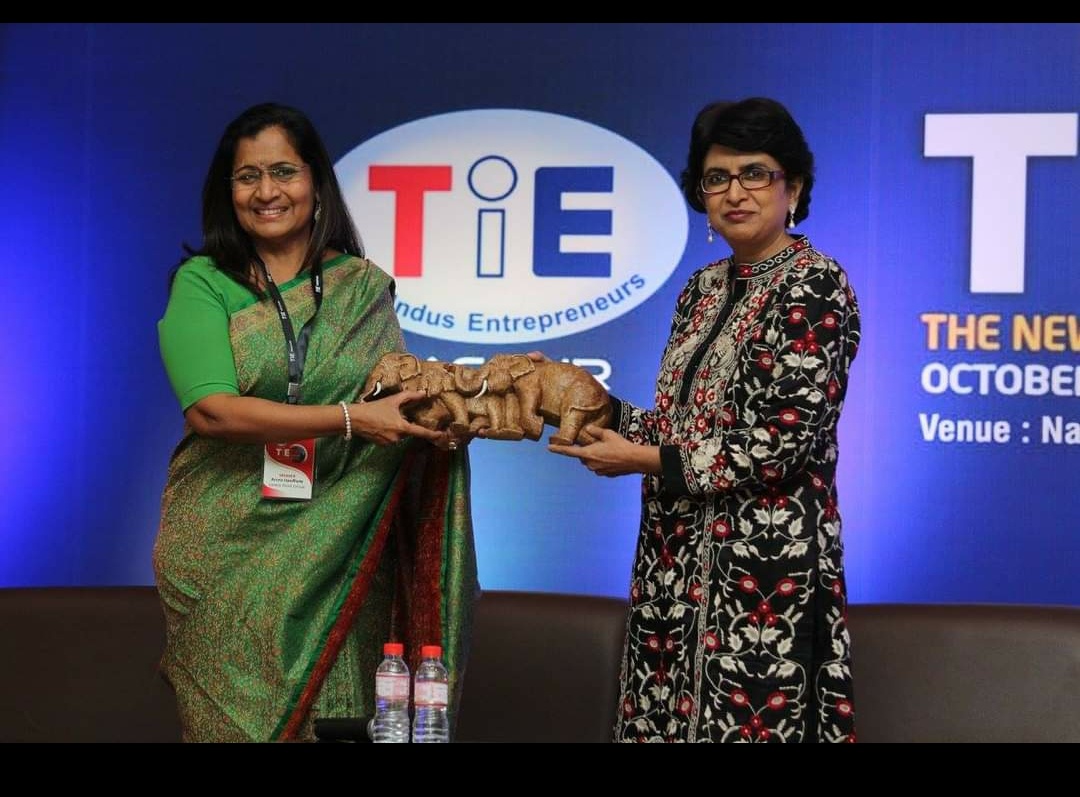“Aggression, Deceit and Destruction”- 10 July 2016.
Aniket poked a sharpened pencil into the nose of his bench mate who started bleeding. Another day he pulled out the scissors from his pocket and cut the shirt sleeve of his class mate. Yet another day he swam underwater in the pool towards a school fellow and started a fight by pulling off his pants. Finally he was packed off home for counselling. What could have made a ten year old child aggressive ‘without traces of remorse’ as his teachers described him?
A bunch of teens hatched a plan to break into their parent’s home, to steal gold ornaments and sell them in the market for money. One kid stole two ‘mangal-sutra’s’ of his mother and sold it. Another stole the almirah keys from his mothers bag, and took whatever he could. For such teens telling lies is commonplace without a blink. These were teens from economically well to do homes so what was the necessity?
Amit had broken many things at home, be it the TV, the mobile, the watch and even tore his books. In rage one day he hammered his cycle and threw it away and walked home. He would run away from school and play with his friends. He tried drugs and smoking and alcohol. His gang was being noticed by the police gradually for breaking rules.
Such behaviours by children and adolescents are commonly seen in psychological clinics and are categorised as conduct disorders. Such patterns of behaviour over a period of time if persist lead to delinquency and criminalisation. The percentage of such disorders could vary from 1 percent to 8 percent in different areas in India. They can start at any age and can be seen in pre-primary children too. If such behaviours continue through adolescence they are likely to extend to adulthood too and are resistant to change. Early interventions in childhood show good results as the stressor can be identified and removed.
Sunil was a single child of his divorced mother who was supported by her brothers. She confided her anxieties and sorrows to the tender minded teenager not knowing the effects it would have on him. She moaned the fact that they had less money than her brothers and that his children were better off than her own son. She worried for his future and his college education. The boy began stealing money from the home of his relatives. He gradually robbed them of big amounts and stashed away the cash. He did not use it or indulge in it, ‘he was saving it for future’, he said. He was regularly telling lies to his mother for many things especially his studies and his other activities. His mother was made to realise how she was damaging the mind of the child unknowingly.
Poverty can be a significant factor in conduct disorders besides other factors such as, broken families, chronic family strife and conflict, prevalence of domestic violence, child abuse, drugs and alcohol addiction in homes, prevalence of mental illness among a parent, and many more such reasons. Emotional upsets, depression and Attention Deficit Hyperactivity disorder is associated with bad conduct. Conduct disorders may have masked depression behind it.
Aniket (mentioned above) was being physically abused by his father quite regularly. There was severe conflict between parents and the father was a violent fellow who brutally beat up his wife and son. He did not mind using weapons like belts, rods, hot iron, cigarette butts while milder forms like slapping, hitting, boxing was commonplace.
A research study mentions that boys were 4.58% more prone to conduct disorders compared to girls. Also it was found that boys are likely to manifest their emotional problems through aggressive and destructive behaviour whereas girls would do it through deceit, lying and getting pregnant. Children from broken homes or dysfunctional homes suffer emotionally which need to be addressed by a caring adult. If a parent in crisis cannot handle their own emotional issues they naturally care less for the child. Since they are so embroiled in their own minds they are deficient parents to their children.
Another common phenomena happening among divorced or separated parents is the poisoning of the tender mind of the child against the warring spouse. Since majority are women who take custody of the children in case of separation, many Indian mothers paint a horrendous image of the father and damage the child. The parent (mother or father) is a significant person in the growth of the child. Healthy growth occurs when the child values, respects and loves the parent and is assured that he is the centre of love for his parents. Destroying that image of a good loving parent is shattering for the child and hence unfair, unjust and almost criminal if I mean use the term. An angry spouse does it with vengeance. Many such children are deprived of the love of their fathers who are equally starved emotionally. A young separated father agonised over the fact ‘if I die tomorrow my child will live forever with a bad image of me and will never know the truth. My wife does not allow me to meet my kids and they might think I don’t care nor love them’.
To save children from decay, as the first shades of bad behaviour emerge know that the child is either less disciplined or is ‘emotionally hurting’ and needs loads of understanding, care and love.
